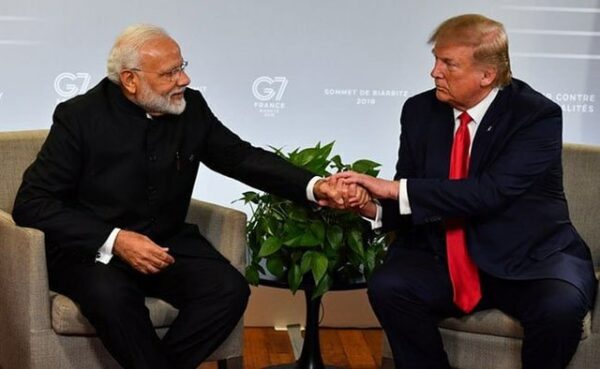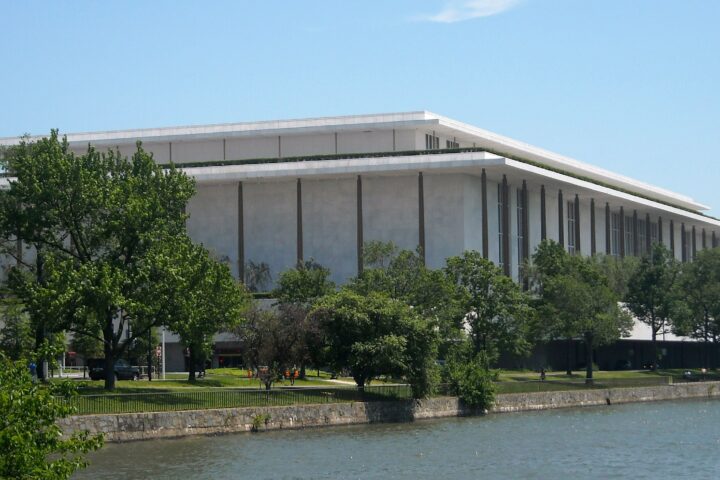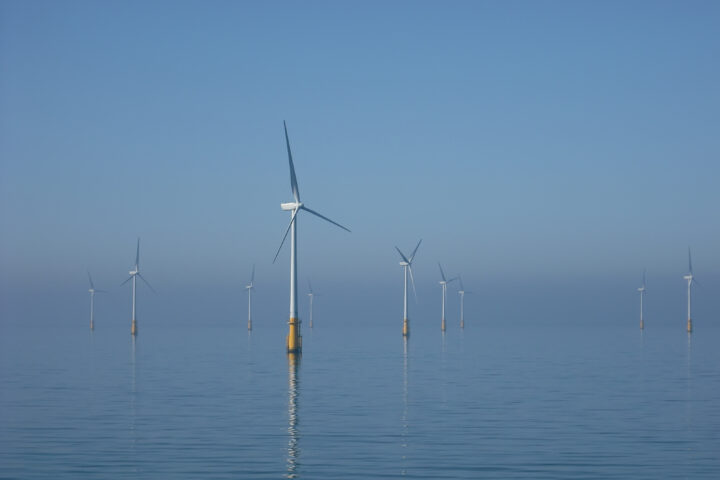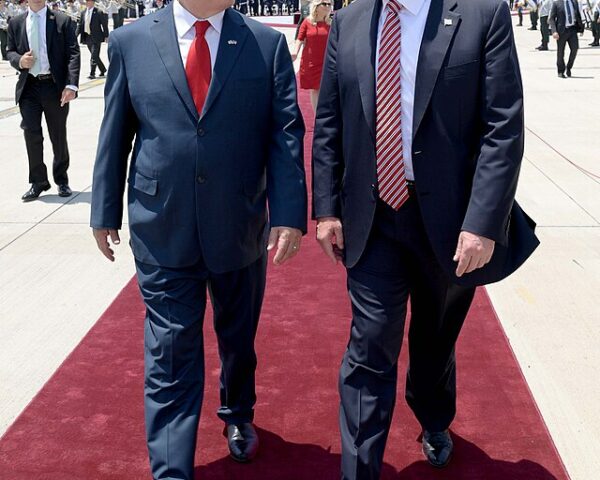The United States and India are edging toward a sweeping trade agreement that would slash American tariffs on Indian goods and see New Delhi scale back its purchases of Russian oil, according to a report from Indian outlet Mint.
Citing three unnamed officials familiar with the negotiations, Mint reported that the U.S. is considering reducing tariffs on Indian exports to between 15% and 16%, down from the current 50%. The talks aim to ease long-standing trade tensions and expand bilateral market access.
The potential accord would also permit higher imports of non-genetically modified U.S. corn — beyond the existing 0.5 million-tonne cap — while maintaining a 15% import duty. Both countries would reportedly agree to periodic reviews of tariff levels and market-entry terms.
President Donald Trump told reporters aboard Air Force One that he had spoken with Indian Prime Minister Narendra Modi, who “pledged to decrease India’s oil acquisitions from Russia.” Trump said, “He’s not going to buy much oil from Russia. He wants to see that war end as much as I do. He wants to see the war end with Russia, Ukraine, and as you know, they’re not going to be buying too much oil.” He cautioned that failing to follow through could result in “continued high tariffs for India.”
Modi later acknowledged the call in an early-morning post on Twitter, saying he looked forward to deepening cooperation with Washington against terrorism “in all its forms,” though he did not mention oil.
Thank you, President Trump, for your phone call and warm Diwali greetings. On this festival of lights, may our two great democracies continue to illuminate the world with hope and stand united against terrorism in all its forms.@realDonaldTrump @POTUS
— Narendra Modi (@narendramodi) October 22, 2025
The development follows Trump’s similar claim last week that a deal was imminent — a statement the Indian foreign ministry initially said it could not verify. “India is a significant importer of oil and gas,” a spokesperson reiterated Thursday. “It has been our consistent priority to safeguard the interests of the Indian consumer in a volatile energy scenario. Our import policies are guided entirely by this objective.”
Russian oil has become a flashpoint in the negotiations. In August, Trump imposed an additional 25% duty on Indian goods over continued Russian purchases, doubling the total tariff to 50% and heightening tensions. Indian officials have since stressed the need for “stability in global energy markets” if Russian crude is reduced.
In February, both nations pledged to grow bilateral trade to $500 billion by 2030, but talks faltered over U.S. demands for wider access to India’s agriculture and dairy sectors. The strain deepened when Modi met with Russian President Vladimir Putin and Chinese President Xi Jinping in Beijing last month — meetings viewed as a signal that India was not yet prepared to loosen ties with Moscow.
According to Mint, the pact could be formally announced at the upcoming ASEAN summit, though neither leader has confirmed attendance. The outlet reported that while the deal’s basic framework is in place, key provisions — particularly in energy and agriculture — still await top-level approval.








